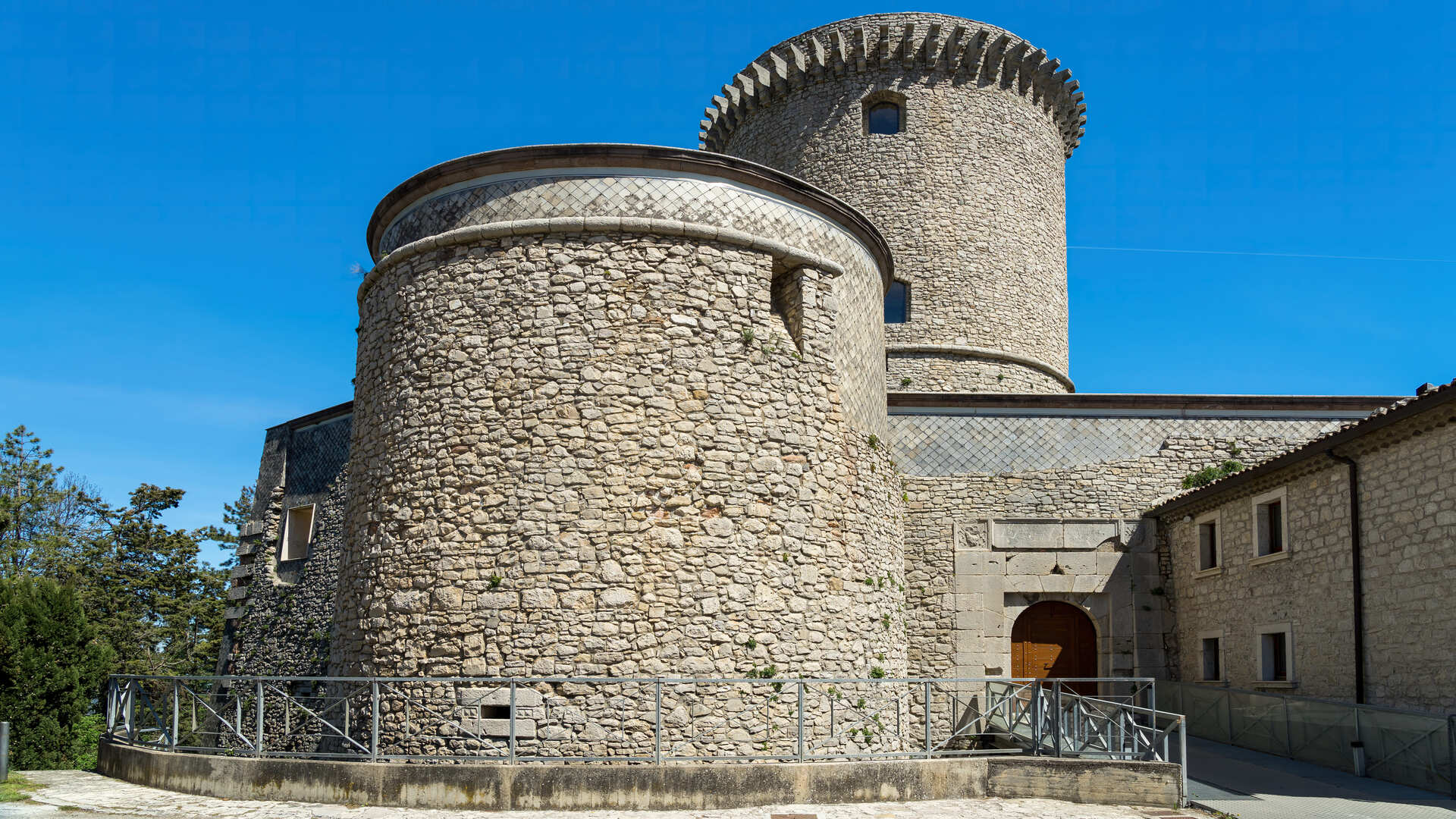The circular tower is the only remnant that recalls the importance of the castle of Riccia, now reduced to ruins. It certainly existed in the eleventh century but it was from 1285 with its allocation to Bartholomew of Capua, prothonotary of Charles I of Anjou, who had an important development. It was inhabited in the fourteenth century by Constance
of Chiaromonte who, repudiated by the powerful Ladislaus of Durazzo, was given in wife to Andrea di Capua. In the 16th century the Di Capua family further strengthened the structure which was then damaged during the revolution of 1799 and later by the earthquake of 1805.
Through the ruins it is possible to reconstruct the triangular plant provided with a drawbridge on the side placed towards the inhabited area and with a small court defended by a tower still admirable today, the only survivor of the eight original ones, it is almost twenty meters high, made up of rough ashlars, constituted by a lower scarp area and by an upper cylindrical area, finished at the top by beccatelli. Starting from the ground, the first section of the tower, the one that acts as a base, is certainly more squat and wider than the upper one, which is more slender. It had the function of lookout, given its dominant position over the valley, and was the main keep of the castle of Capua. It presents interesting analogies from the architectural point of view with the Angevin tower of Collotorto. The entrance, reachable thanks to a short iron staircase, is constituted by an arched doorway surmounted by three framed limestone slabs: the lateral ones representing the shields in relief of the de Capua and Chiaromonte families, the central plaque bears a Latin epigraph recalling the commitment made by Bartholomew III De Capua in the construction of the castle for the defense against the enemy. The inscription on the tombstone concludes with a motto: "Approach, if you come as a guest; flee, if you are an enemy, so that the wrath of Jupiter does not seize you!".
38 I Luoghi della Storia - TORRE DI RICCIA
Back 38 I Luoghi della Storia - TORRE DI RICCIA

